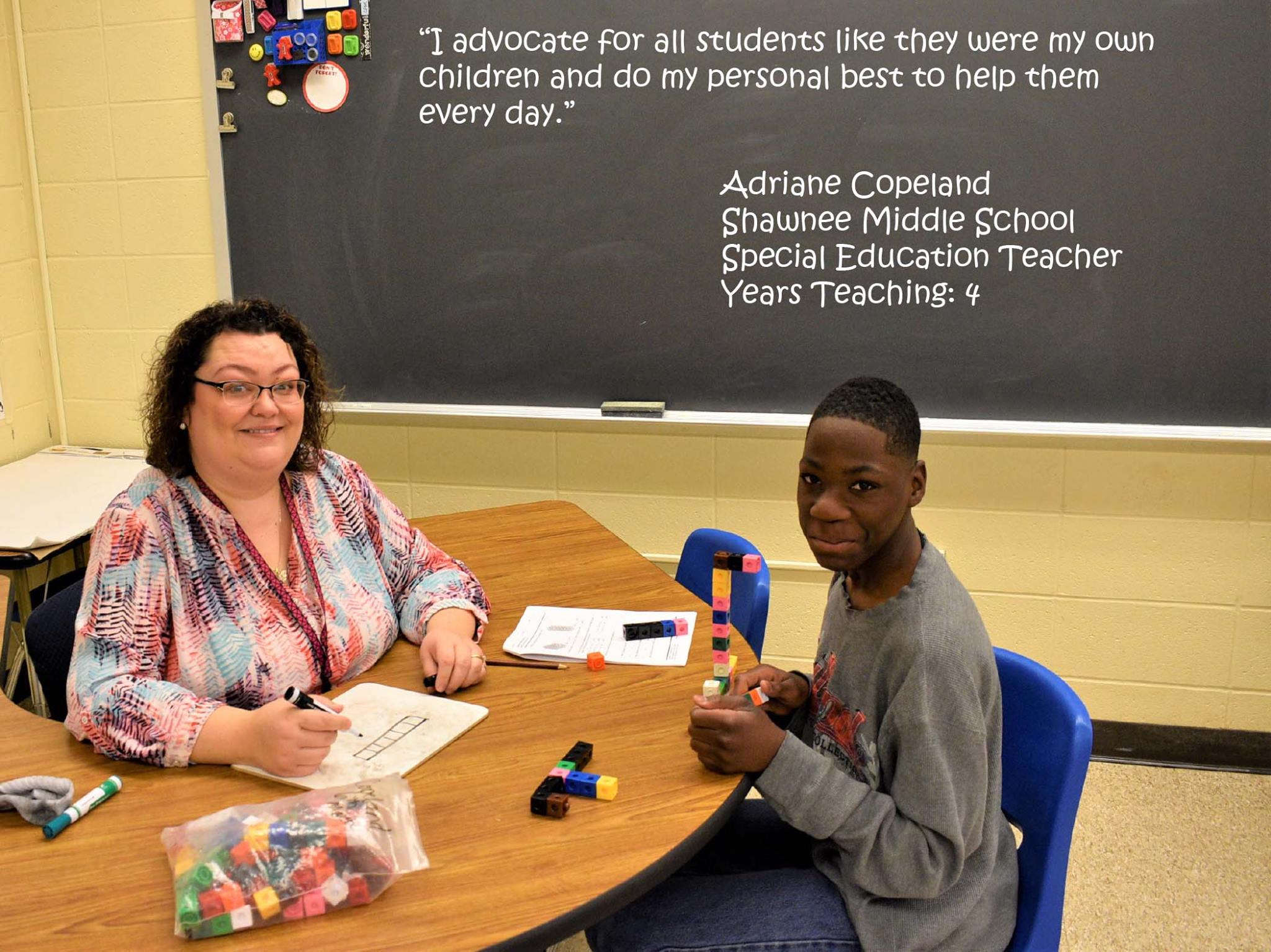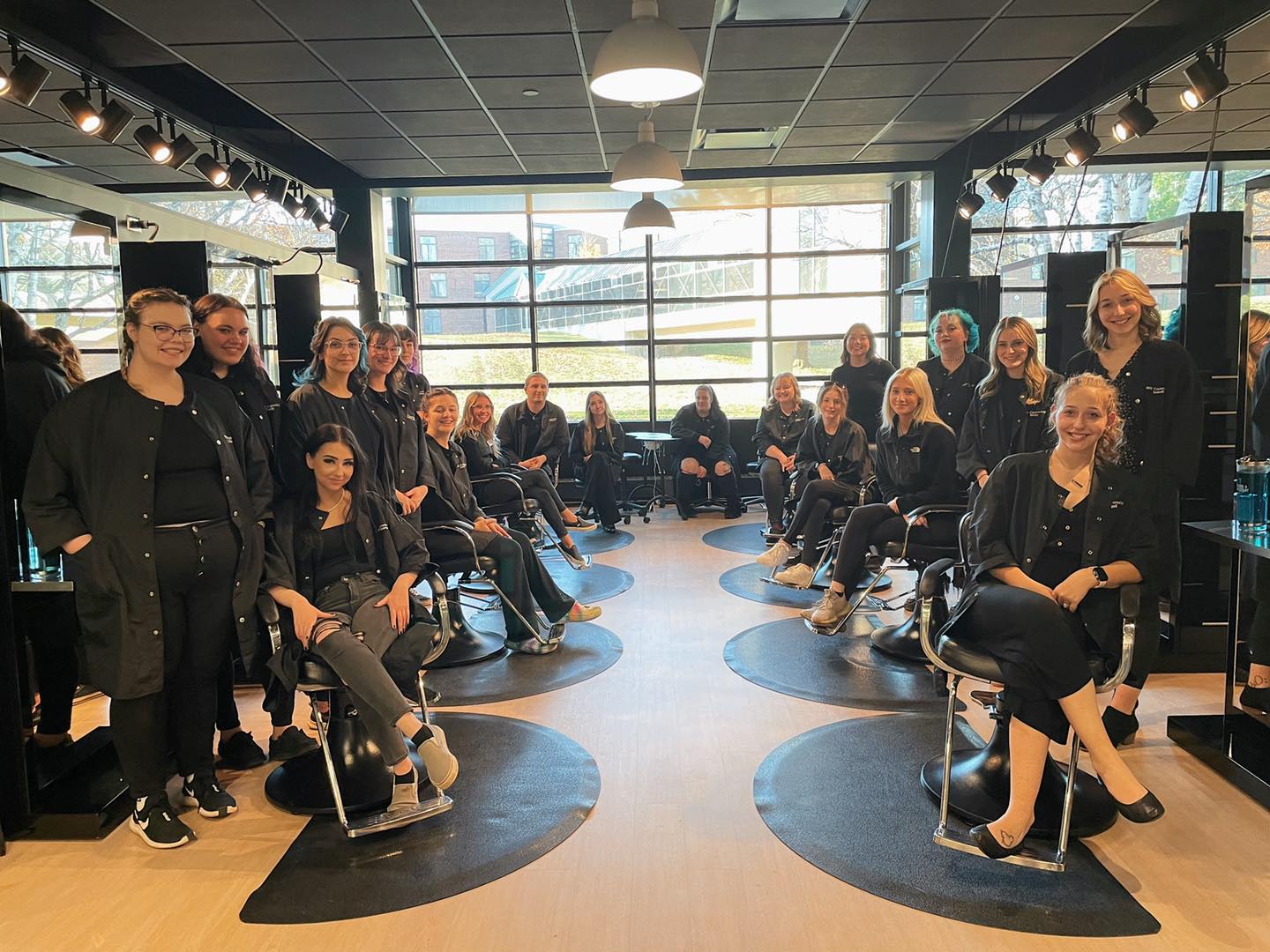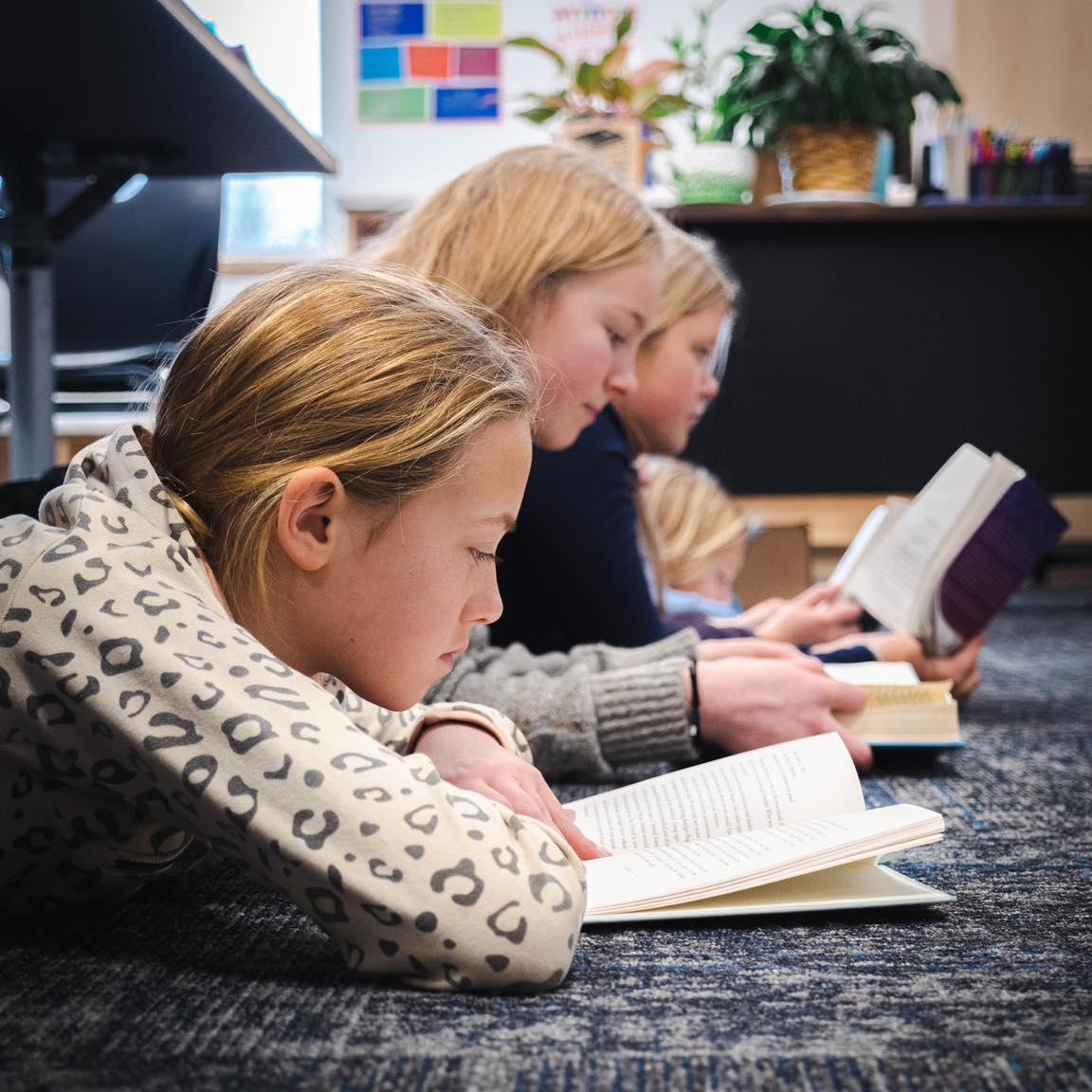Budget Laboratory
- Home Page 61

Marathonradio steunt studenten
This content is accessible to paid subscribers. To view it please enter your password below or send mike@standardsmichigan.com a request for subscription details.
Barbering & Cosmetology Academies
‘The Barber of Seville’ by Luis Alvarez Catalá
Codes, standards and licensing for barbering schools and cosmetology academies are governed by local regulations; or local adaptations of national standards-setting organizations.
- Minimum Floor Space
- Schools must provide adequate space for instruction and practice. For example, California requires a minimum of 3,000 square feet for cosmetology schools (which often include barbering), with at least 2,000 square feet dedicated to working, practice, and classroom areas. Additional space (e.g., 30 square feet per student beyond the first 50) may be required as enrollment increases.
- Rooms for practical work must be sized appropriately, such as at least 14 feet wide for one row of barber chairs or 20 feet for two rows (California standard).
- Ceiling Height
- Practice and classroom areas often require a minimum ceiling height, such as 9 feet, to ensure proper ventilation and comfort (e.g., California Building Code).
- Floor Finish
- Floors in areas like restrooms or workspaces must be made of nonabsorbent materials (e.g., tile) to facilitate cleaning and maintain hygiene.
- Separation from Other Uses
- Barbering schools must be distinct entities, not combined with residential spaces or unrelated businesses (e.g., Nevada’s NAC 643.500).
- Compliance with Local Building and Zoning Codes
- Facilities must adhere to local ordinances for construction, occupancy, and zoning, ensuring the building is structurally sound and legally permitted for educational use (e.g., Virginia’s 18VAC41-20-270).
- Accessibility
- Buildings must comply with accessibility standards (e.g., ADA in the U.S.), providing ramps, wide doorways, and accessible restrooms.
This Pennsylvania barbershop is helping children build their confidence, paying young customers $3 to read stories aloud while getting a haircut deserves unlimited retweets..
— Kevin W. (@Brink_Thinker) April 16, 2025
Occupational Safety and Health Administration: Bloodborne Pathogen Safety Standards
Westfield High School now offers a 4-year barbering program — first of its kind in Spring ISD. Read more about this pathway to career success at https://t.co/xLEvktuPWW pic.twitter.com/opBmeGGxhN
— Spring ISD (@SpringISD) October 4, 2021
- Fire Safety
- Compliance with the State Uniform Fire Prevention and Building Code (e.g., New York’s 19 NYCRR Parts 600-1250) or equivalent, including fire exits, extinguishers, and alarms.
- Emergency exits must be clearly marked and unobstructed.
- Electrical Safety
- All electrical equipment (e.g., clippers, dryers) must be regularly inspected (e.g., PAT testing in some regions) to prevent shocks or fires.
- Ventilation and Temperature Control
- Adequate ventilation systems are required to maintain air quality and a safe working temperature, protecting students and instructors from fumes or overheating.
- First Aid and Emergency Preparedness
- A stocked first aid kit must be available, and schools should have protocols for handling accidents or emergencies.
- Equipment Safety
- Tools and workstations (e.g., chairs, sinks) must be maintained in good condition to prevent injuries. Hazardous tools like razor-edged implements for callus removal are often prohibited (e.g., California regulations).
- Occupational Safety
- Compliance with OSHA (Occupational Safety and Health Administration) or state equivalents, such as Virginia’s Department of Labor and Industry standards, to protect against workplace hazards like chemical exposure or repetitive strain.
Haircut at Santisimo Sacramento Trade School. Best cut ever! Bill at State Street Barber Shop remains N. America’s #1 pic.twitter.com/1OFajjBOs2
— Coach Harbaugh (@CoachJim4UM) May 16, 2015
Hygiene
- Sanitation of Facilities
- Schools must be kept clean and sanitary at all times, including floors, walls, furniture, and workstations (e.g., Virginia’s 18VAC41-20-270).
- Disinfection of Tools
- Each student or instructor must have a wet disinfection unit at their station for sterilizing reusable tools (e.g., combs, shears) after each use. Disinfectants must be EPA-registered and bactericidal, virucidal, and fungicidal.
- Single-use items (e.g., razor blades) must be discarded after each client in a labeled sharps container.
- Hand Hygiene
- Practitioners must wash hands with soap and water or use hand sanitizer before services (e.g., Texas Rule 83.102).
- Client Protection
- Sanitary neck strips or towels must be used to prevent capes from contacting clients’ skin directly (e.g., California regulations).
- Services cannot be performed on inflamed, broken, or infected skin, and practitioners with such conditions on their hands must wear gloves.
- Product Safety
- Cosmetic products containing FDA-banned hazardous substances are prohibited, and all products must be used per manufacturer instructions (e.g., Virginia’s 18VAC41-20-270).
- Waste Management
- Proper disposal of soiled items (e.g., hair clippings) and hazardous waste (e.g., blades) is required, often daily or after each client.
- Health Department Compliance
- Schools must follow state health department guidelines and report inspection results (e.g., Virginia requires reporting to the Board of Barbers and Cosmetology).
- Self-Inspection
- Annual self-inspections must be documented and retained for review (e.g., Virginia mandates keeping records for five years).
This teacher saw one of his students waiting to get a haircut and stumbled upon a simple solution: Reading.
Now, the Barbershop Books program is changing lives: pic.twitter.com/yiluRPhHPk
— The Root (@TheRoot) April 1, 2018
Discussion
- State-Specific Variations: Always consult your state’s barbering or cosmetology board for exact requirements. For instance, Texas (TDLR) emphasizes signage and licensing display, while California focuses on detailed sterilization methods.
- Inspections: Schools are subject to regular inspections by state boards or health departments to ensure compliance.
Cosmetology (as time allows)
Posting this cause I passed all my tests and got my 1600 hours IM A COSMETOLOGIST/BARBER NOW 👏👏👏 pic.twitter.com/CmEXVtOrk4
— ᴊᴇss ʜᴇss🦥 (@jjesshess) June 8, 2019
Got my hair done from a friend who is in cosmetology school today & she did so good!! pic.twitter.com/KEtWWpNueZ
— Megan Groat (@megs_mohrhard) March 20, 2025
He changes his life by touching the desent and victimized disabled person.
— Enezator (@Enezator) April 7, 2025
A Gentleman’s London
For over two centuries we have been recognised as the finest #traditional gentlemen’s #barber and #perfumer in London, and have provided discerning #gentlemen with only the finest in #grooming products and services.https://t.co/4C9W4XbnwY#truefittandhill #since1805 pic.twitter.com/c58w1053jN
— Truefitt & Hill London (@TruefittHill) March 5, 2022
Laundry Hacks
New York University Facilities Management
Washing in the Outer Hebrides 🎶 pic.twitter.com/3WbpVpviyg
— Fraser. (@frasercontra) August 10, 2023
First Day of School
Today we take a cross cutting review of all the literature (codes, standards, guidelines, laws) that informs safe and sustainability occupancy load, means of egress, illumination, ambient air, plumbing, electric, communication and acoustics in classrooms.
Keen on your thoughts… https://t.co/IqI87vuVTz
And I’d love to see your classroom layout/displays if you want to share! Tag with #CanvasForThought pic.twitter.com/qZwxAaa6jm— 𝗗𝗿 𝗡𝗮𝘁𝗵𝗮𝗻𝗶𝗲𝗹 𝗦𝘄𝗮𝗶𝗻 (@NathanielRSwain) July 17, 2024
1. Building Codes
- International Building Code (IBC): Adopted by most states, it provides guidelines for the design and construction of buildings, including schools.
- International Existing Building Code (IEBC): Provides standards for the renovation and repair of existing school buildings.
- State and Local Building Codes: Many states and municipalities have additional or modified codes that must be followed.
2. Fire and Life Safety Codes
- National Fire Protection Association (NFPA) Codes:
- NFPA 101: Life Safety Code – Sets requirements for egress, fire protection, and emergency planning.
- NFPA 13: Installation of Sprinkler Systems – Specifies standards for automatic fire sprinkler systems.
- NFPA 72: National Fire Alarm and Signaling Code – Covers fire alarm system installation and maintenance.
- NFPA 70: National Electrical Code (NEC) – Outlines electrical wiring standards to prevent fire hazards.
3. Accessibility Standards
- Americans with Disabilities Act (ADA):
- ADA Standards for Accessible Design – Ensures that school facilities are accessible to individuals with disabilities.
- Architectural Barriers Act (ABA): Requires accessibility in buildings constructed with federal funds.

4. Environmental and Health Standards
-
- ASHRAE 62.1: Ventilation for Acceptable Indoor Air Quality.
- ASHRAE 90.1: Energy Standard for Buildings Except Low-Rise Residential Buildings.ASHRAE Standards
- Environmental Protection Agency (EPA) Regulations:
- EPA Lead and Asbestos Regulations: Governs the handling of lead and asbestos in school buildings.
- EPA’s Indoor Air Quality Tools for Schools: Provides guidelines to manage air quality.
5. Structural Standards
- American Society of Civil Engineers (ASCE):
- ASCE 7: Minimum Design Loads and Associated Criteria for Buildings and Other Structures.
- American Concrete Institute (ACI):
- ACI 318: Building Code Requirements for Structural Concrete.
6. Plumbing and Mechanical Codes
- International Plumbing Code (IPC): Provides guidelines for plumbing system design and installation.
- International Mechanical Code (IMC): Sets standards for heating, ventilation, and air conditioning (HVAC) systems.
7. Electrical Standards
- Institute of Electrical and Electronics Engineers (IEEE) Standards: Includes various electrical safety and installation standards relevant to school facilities.
8. Educational Specifications and Guidelines
- Council of Educational Facility Planners International (CEFPI) Guidelines: Provides best practices for school design that promote effective learning environments.
- State-Specific Educational Specifications: Many states have their own guidelines for the design of educational facilities to meet state-specific educational needs.
9. Safety and Security Standards
- Crime Prevention Through Environmental Design (CPTED) Guidelines: Suggests design strategies to enhance security in school environments.
- School Safety and Security Standards (state-specific): Some states have additional requirements for school security measures.
10. Sustainable Design Standards
- LEED (Leadership in Energy and Environmental Design) for Schools: Provides a framework for building green and energy-efficient schools.
- Green Building Initiative (GBI) Standards: Focuses on sustainable and energy-efficient building practices.
11. Maintenance Standards
- International Property Maintenance Code (IPMC): Provides guidelines for the maintenance of buildings, ensuring they remain safe and functional over time.
12. Other Relevant Standards
- Federal Emergency Management Agency (FEMA) Guidelines: Provides standards for building schools in disaster-prone areas (e.g., tornadoes, earthquakes).
- Occupational Safety and Health Administration (OSHA) Standards: Ensures workplace safety, including in schools, covering areas like chemical safety, electrical safety, and more.
Local Considerations
- Local Zoning Laws and Ordinances: Schools must also comply with local land use regulations, which may affect building placement, size, and use.
Another public jubilation pic.twitter.com/dmQc6IBVbK
— Chelsea Finest💙💙😍 (@finest_che2325) July 20, 2024
Sisu
Standards Michigan Upper Peninsula
The Finnish presence in Northern Michigan stems from mass immigration during the late 19th and early 20th centuries. Between 1870 and 1929, over 350,000 Finns arrived in the U.S., with Michigan drawing about 40% due to its copper and iron mines, lumber mills, and farms.
Recruited from Norway’s mines starting in 1864, they settled in towns like Hancock, Calumet, Ishpeming, and Ironwood, drawn by the region’s harsh winters, long summer days, and forested terrain mirroring Finland’s.
By 1930, nearly 75,000 Finnish descendants lived there, forming the largest ethnic group in five northwestern UP counties (35% Finnish heritage per recent census). They built saunas, cooperatives, and Lutheran churches, including the Suomi Synod (1890) and Finlandia University (1896, since closed).
Cultural festivals like Heikinpäivä and pasties (adapted from Cornish miners) endure, sustaining a “Sauna Belt” legacy amid mining booms that rivaled California’s Gold Rush.
Evensong “Knoxville: Summer of 1915”
Williams College is a private liberal arts college located in Williamstown, Massachusetts, USA. Founded in 1793, it is one of the oldest institutions of higher education in the United States. The college was established through a bequest of Colonel Ephraim Williams Jr., a war hero who died in the Battle of Lake George during the French and Indian War. In his will, Colonel Williams left funds for the establishment of a free school on the condition that it be located in Williamstown.
Evensong “Last Rose of Summer”
The cool parts of this job are the facilities I see – even the UWNR that I’ve operated before and still have labs to take with!!! pic.twitter.com/YCoNqV8gkJ
— Grace S. Vanderhei (@GraceMVanderhei) October 17, 2022
New update alert! The 2022 update to the Trademark Assignment Dataset is now available online. Find 1.29 million trademark assignments, involving 2.28 million unique trademark properties issued by the USPTO between March 1952 and January 2023: https://t.co/njrDAbSpwB pic.twitter.com/GkAXrHoQ9T
— USPTO (@uspto) July 13, 2023
Standards Michigan Group, LLC
2723 South State Street | Suite 150
Ann Arbor, MI 48104 USA
888-746-3670


















